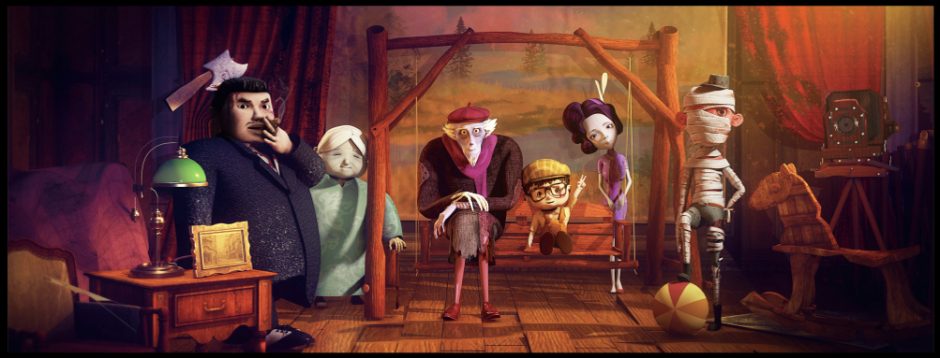The render layer in Maya generally has two purposes. One is to layer the scene: foreground, background, character, shadow, mask and so on. The other can be understood as sub channel. If you have done the later stage of film and television and used nuke or fusion, you must know the significance of channel for later stage synthesis. Generally, the picture only contains four RGBA channels, and other channels need to be rendered separately, such as Z The channel can adjust the depth of field, the OCC channel can adjust the occlusion effect, the normal channel can adjust the lighting effect, the position channel can do the volume effect, the vector channel can do the motion blur, and even the specular reflection and refraction can be regarded as channels. The information of these channels needs to be rendered into RGB three color image files for later software sampling.
In fact, I noticed this problem when I did all the 3D scenes and models before, but I always used a very stupid method, that is, different scenes were rendered with different materials at the same angle, which would be very troublesome, because two different scenes occupied a lot of memory, and I always couldn’t tune the single object in detail All right.
Then I learned about this function from KK’s course this week. He talked about the application of light layering in Maya in great detail. Then this time I tried to do some effects.
Process
Windows > Rendering editors > RenderSettings
Create a new layer and click the eye icon
Right click the layer and create collection and add the object to the collection
and give the material override
With regard to the light
firstly create the collection and add it
Make it invisible
So the light which is added to the layer and inivisble will not appear in the render
Sometimes the render will not update automatically so to update full scene
When it comes to the render settings it will appear the optional of the layers

